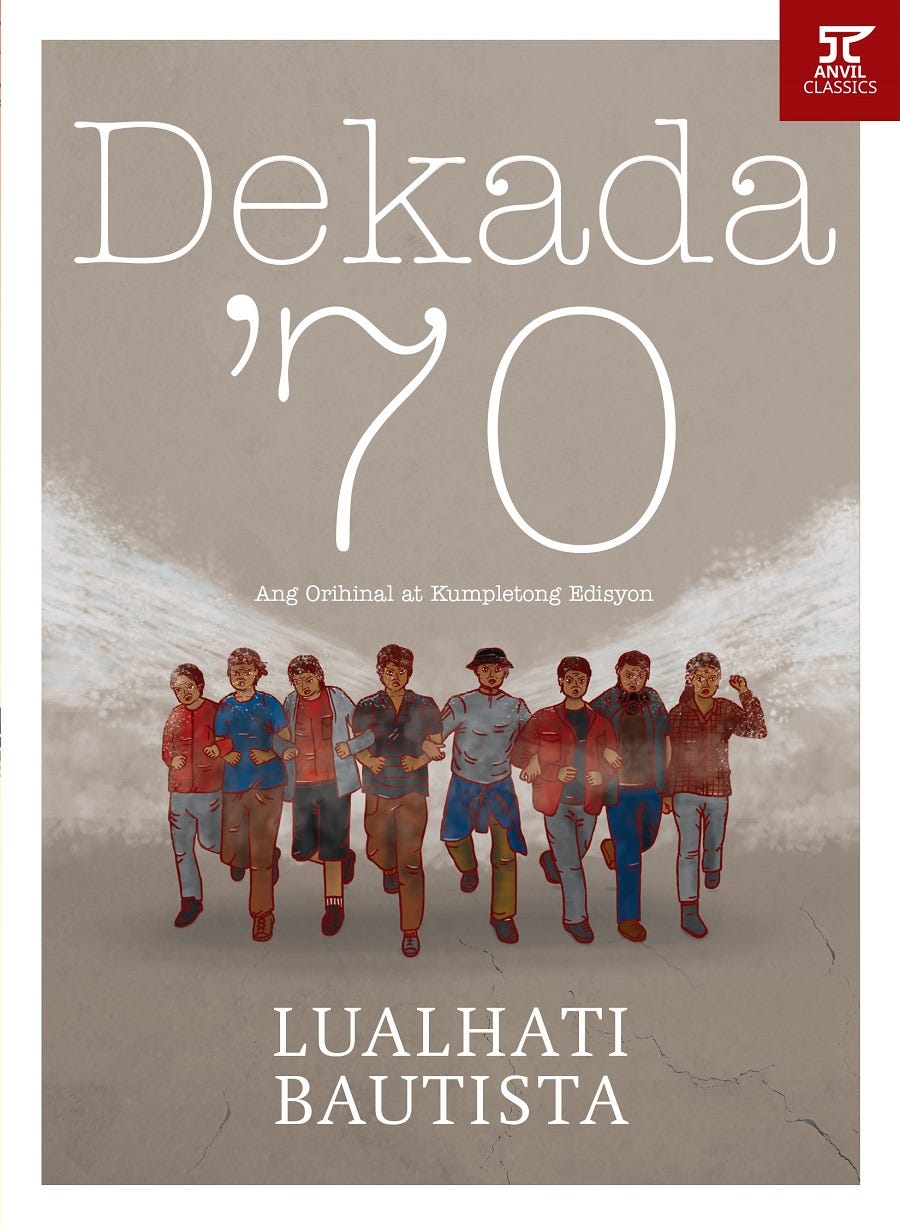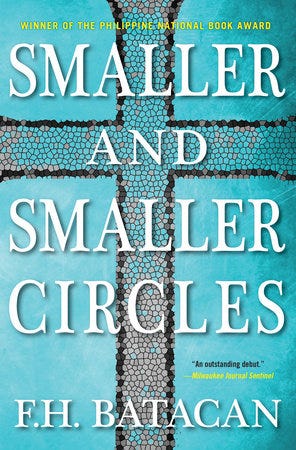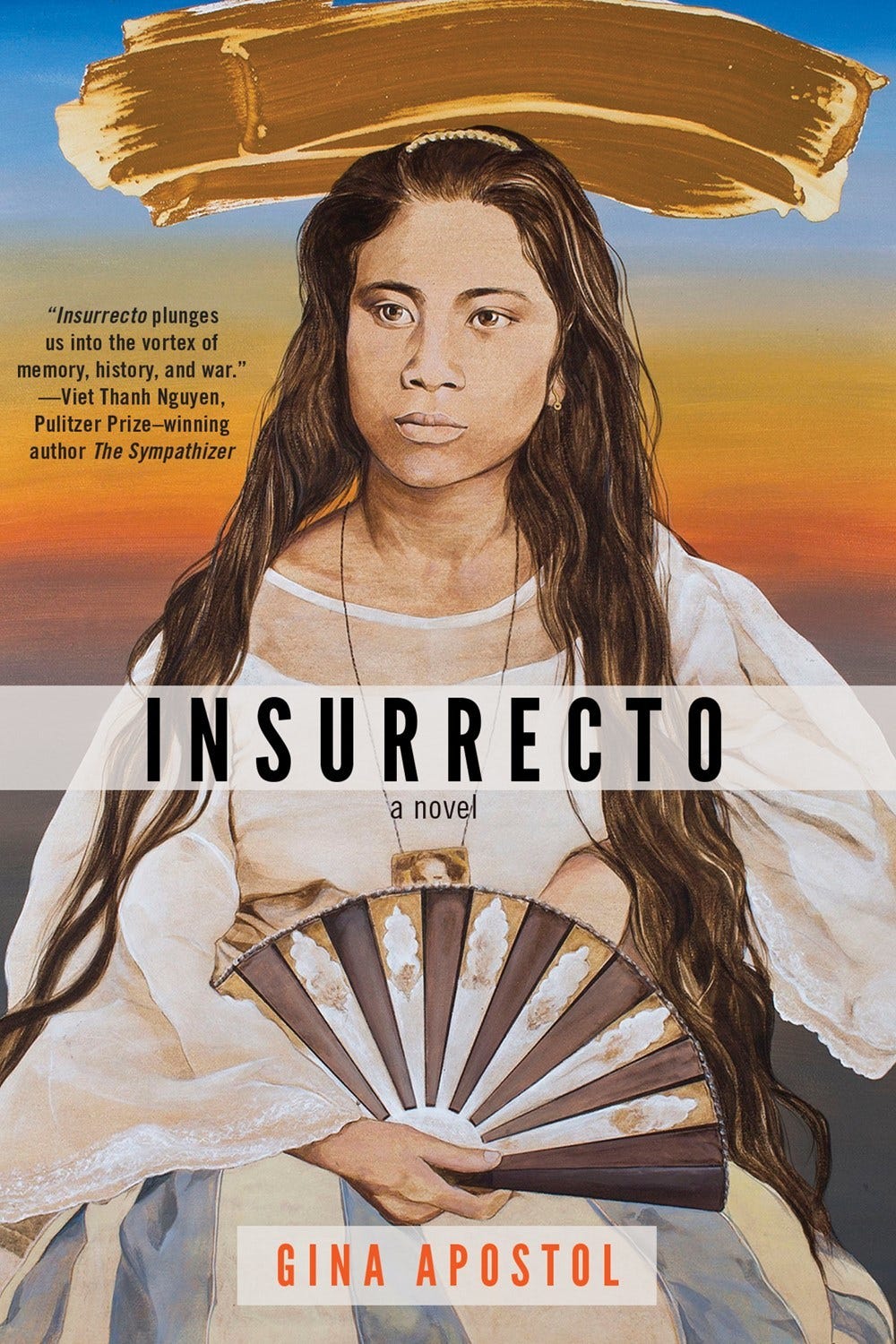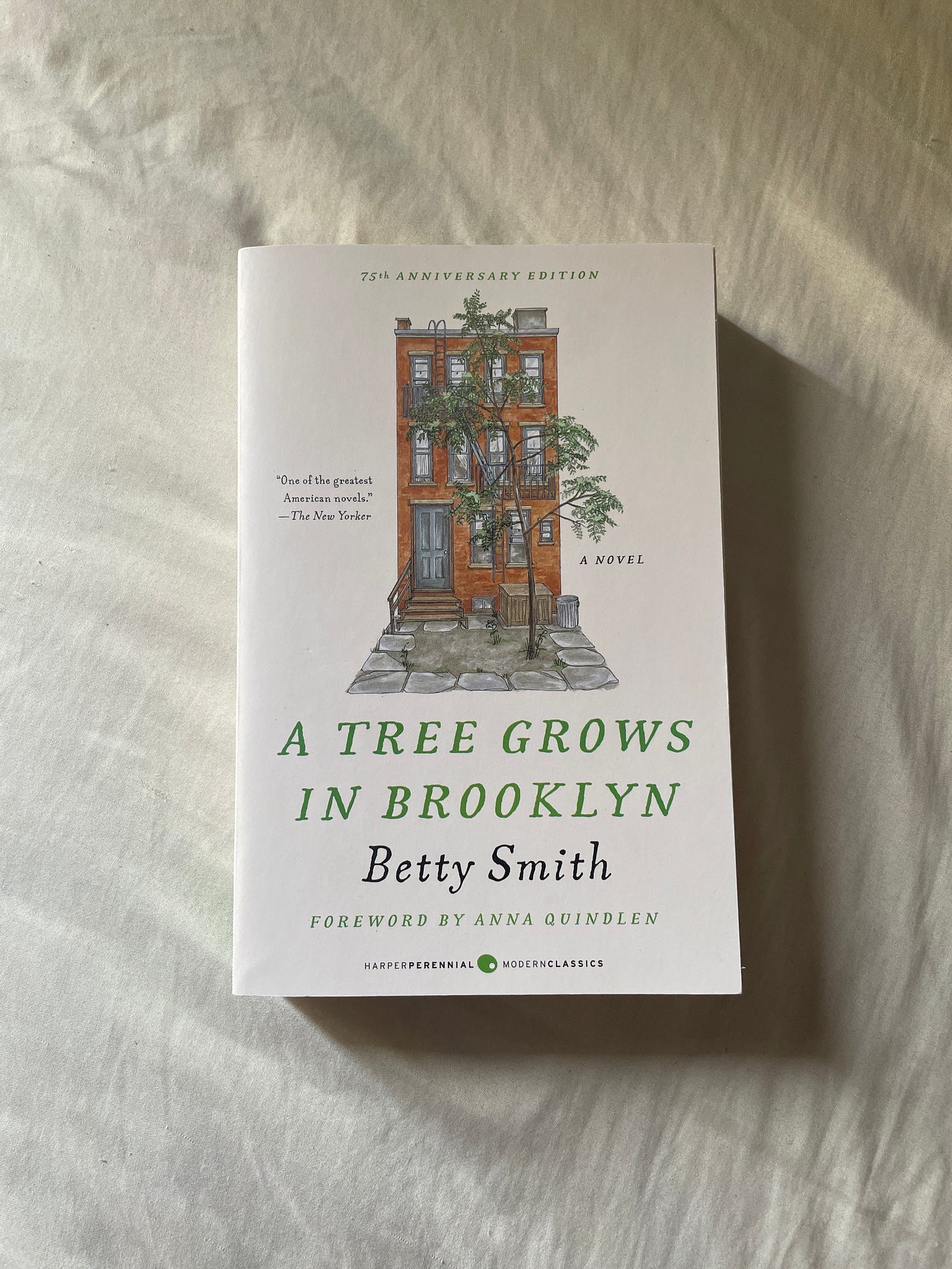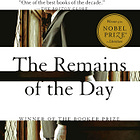Book List # 3: Fiction Books to Get to Know the Philippines
Read your way through the Philippines.
Hello hello,
For some who don't know this yet, I am from the Philippines, a small archipelagic country in the Pacific. I am writing this draft on June 12 (but will maybe get out two weeks after), the Philippines' independence day, so I thought to make a list of books about the Philippines. By no way is this a complete list, in fact, it's only five items lol. Even though these books are fiction, it tells a lot about my country. So, let's get started!
Noli Me Tangere by Jose Rizal
Noli Me Tangere, which means Touch Me Not in Latin, refers to the cancers prominent during the author's time that caused severe pain even in the slightest touch. The book is an allegory to the cancers of Filipino society at that time, e.g., the brutality and corruption of Spanish rule in the Philippines. This cancer is so malignant that the Spanish authorities spread these undesirable traits to the Filipinos. A brilliant allegory, right? In fact, older translations of this book were entitled The Social Cancer. This book's publication was crucial in forming a revolution and gaining independence from the Spanish regime.
The last time I read this book was in high school as a requirement. I barely understood it then, but I plan to reread it this year to understand this powerful book better.
Dekada ‘70 by Lualhati Bautista
Dekada '70 tells the story of a family during one of the Philippines' most crucial decade - the martial law years under the Marcos regime. It shows the oppression suffered by Filipinos during the martial law years. Like Noli Me Tangere, Dekada '70 is a hallmark of Philippine literature.
The story follows Amanda and her apolitical family. As middle upper-class people, Amanda's family is unaware of the atrocities happening during the Marcos regime because it was not happening to them. They lived in their little bubble until her two sons became activists and were tortured. The entire household was shaken, and soon enough, they began to see what was really happening with the country. This book may be a work of fiction, but it truly depicts what happened in the 70s. My copy had an introduction by the author in which she tells her own experiences during that time. It was heartbreaking.
Smaller and Smaller Circles by F.H. Batacan
This book is often cited as the first Filipino crime novel. But it is so much more than that. It shows us the systematic corruption of the Philippine government, the church, and the rich. And how the minority are just pawns in their game. At one point, I threw this book across the sofa while reading because I just got so angry.
I often joke around that if somebody was to make an article entitled "Read Your Way Through the Philippines" (a NY Times column), this book would surely make it to this list, albeit not in a good light. It's an on-point socio-political commentary on the injustices faced by the poor and minority and how incompetent our justice and law enforcement agencies are. On the bright side, it also talks about Filipino meryenda, a term that means both the snack and the time of the day wherein we eat that snack. It made me so happy because there was a lot of food mentioned here that I grew up eating for meryenda.
Naermyth by Karen Francisco
Naermyth comes from the wordplay, "Never were they a myth." It tells the story of a post-apocalyptic Philippines where mythical creatures reign. With a lot of ethnic groups here in the Philippines, there are bound to be a lot of mythical creatures, and a lot of them are mentioned in this book. As a kid, I loved hearing the stories of tikbalangs, manananggals, and tiyanaks, so imagine my delight when I found out about this book. Other than that, this book also talks about corruption and bureaucracy.
Insurrecto by Gina Apostol
Insurrecto tells the story of two women, a Filipino teacher and an American filmmaker, who clashes on writing a script about the Balangiga Massacre during the American regime. American regime? Did the Americans also invade us aside from the Spaniards? As a matter of fact, we have been invaded by three countries, and it shows lol. First, the Spanish, then the Americans, and lastly, the Japanese.
Now, going back to the book. When the Filipino teacher learned about the script, she decided to write her own version. The result is an exploration of who gets to write history.
I personally haven't read this yet, but I plan to do so in the near future. I am looking forward to reading this because Balangiga is an actual town that's only two hours away from where I grew up. It's a small, remote farming town where a significant event in Philippine history happened.
A Recurring Theme
If you noticed, a recurring theme in the five books above is corruption. It's so prevalent in this country that it dwarfs the little few who are fighting against it. It hinders the country's progress and the hope of the Filipinos for a better life. It also doesn't help that we Filipinos don't help ourselves too. We keep voting for the same corrupt government officials over and over again. The elections last year brought a shift in the Filipino mindset, though. We are finally awakening. We are not yet there, but I believe it won't be long now.
That's all for today, and thank you for the inbox space.
What I'm Reading This Week..
In my last newsletter, I said I was reading The Turn of the Screw by Henry James, but I was alone in the house for a week, so I switched to Me Talk Pretty One Day by David Sedaris. I'm such a scaredy cat. It was hilarious. I liked that it was some sort of a tribute to his father. Next on my list is A Tree Grows in Brooklyn by Betty Smith which I got as my June book from Blithely Monthly Book Subscription. If you want to get books every month curated just for you, sign up here. I'm still also not done yet with Book Lovers on audiobook.





